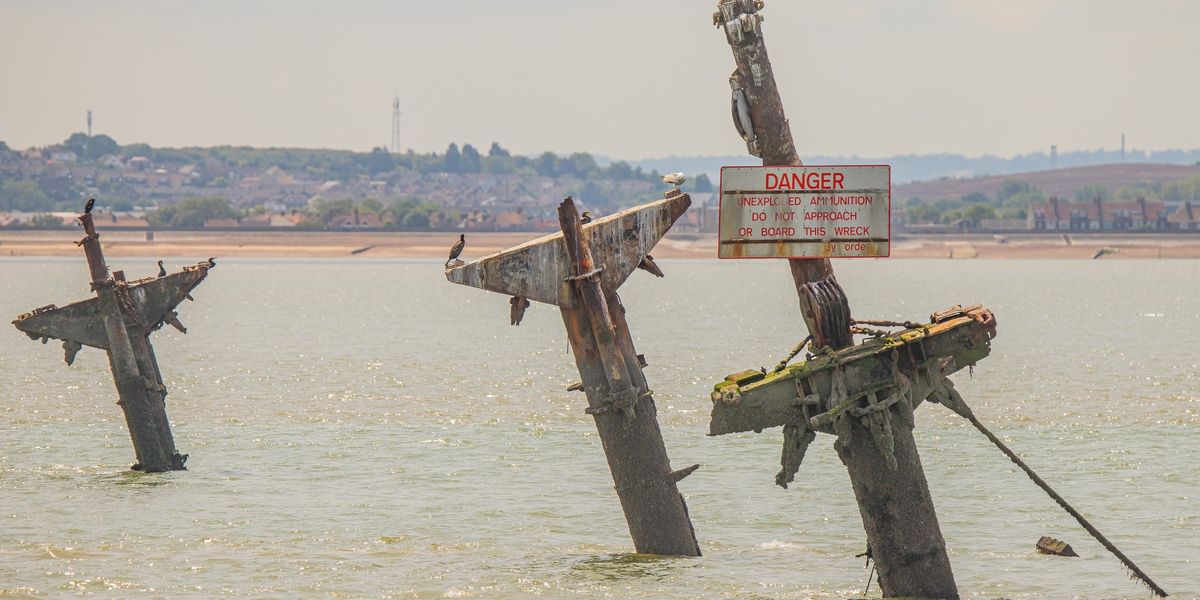A shipwreck with enough explosives to cause a “catastrophic” tidal wave up the Thames is deteriorating faster than feared, experts have said.
The SS Richard Montgomery sank in the Thames Estuary in August 1944 with 1,400 tonnes of explosives still inside.
Plans to remove the three masts, which can be seen above the water’s surface, have now been brought forward after a new assessment discovered the corrosion.
Experts suggest the corrosion is plaguing the masts worse-than-expected and could trigger a potentially “catastrophic” blast.
Southend Labour councillor Lydia Hyde has warned that things had reached a point where it was safer to act.
She said: “There was an assessment in the summer, and then there was a more detailed one in November, to basically go and look at the condition of the masts.
“The concern is that corrosion means they catastrophically fail, their structural integrity goes, the mast falls down and then lands on the wreck, and then that could set off an explosion.
“Following the dive, they’ve assessed it and they’ve gone ‘actually, no, we need to bring this forward because the corrosion was more than expected’.”
LATEST DEVELOPMENTS:
The ship was an American vessel carrying military weapons for the allies in the Second World War.
The SS Richard Montgomery has been nicknamed “Doomsday wreck” due to its potential explosive power.
Experts say the potential size of such a wave could be up to 16ft high, while some suggest it could be just three feet, and some say there wouldn’t even be a one at all.
Hyde believes the impact would be felt all the way in Southend – more five miles away.
She said: “If that blast was to go off then we’re talking about the windows blowing out on the seafront.
“I don’t know what the risk to life is at that distance – it might be quite small directly from it.
“But if it’s enough to blast out your windows, knock people over, and knock people into things, then things could fall on them, so it could be quite dangerous for pedestrians.”
She added that it would be “more severe” on the Isle of Sheppey which is less than two miles from Sheerness, the island’s second-largest town.
Hyde said it is now slated for removal in March: “It’s obviously been there for a number of decades now, but over time the metal is going to rust.
“Even though it’s been fine up until now, over time it is degrading and it’s just tipped through that threshold now where the safe thing to do is remove the masts.
“There’s significant planning and expertise that’s going into this so we don’t expect there to be a catastrophic incident.”
